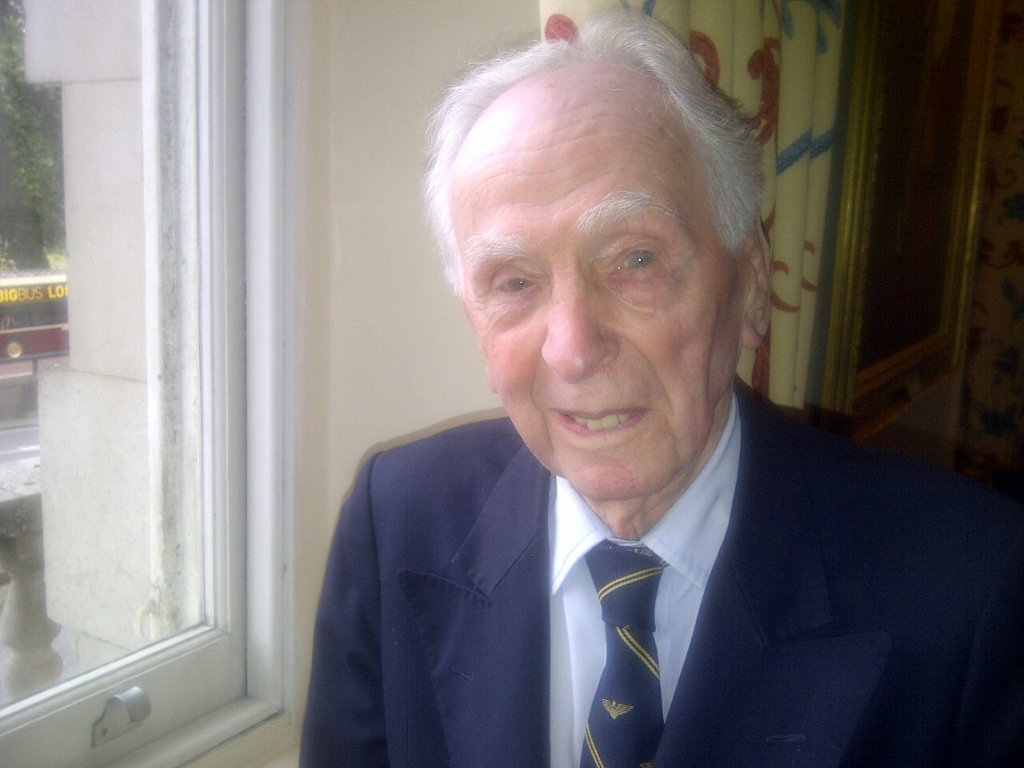GrauGeist
Generalfeldmarschall zur Luftschiff Abteilung
Well...there was the YP-59."Already far eclipsed" by jets in 1943? How many jets in service in February 1943? None!
But aparently our friend is focused on the F-80C
Follow along with the video below to see how to install our site as a web app on your home screen.
Note: This feature may not be available in some browsers.
Ad: This forum contains affiliate links to products on Amazon and eBay. More information in Terms and rules
Well...there was the YP-59."Already far eclipsed" by jets in 1943? How many jets in service in February 1943? None!
Well...there was the YP-59.

The YP-59 wasn't in service though, first deliveries in July that year. Did the P-80 even exist in February 1943?
I've read some of his other posts relating to the P-80 and everyone else's reactions...
And the YP-59 was slower than the Spitfire XIV. And several other piston powered aircraft.
Yeah but Spitfire had massive torque issues, far too long in delivery, overshadowed by jets, fragile construction, weak undercarriage, terrible naval fighter, just worthless all round, don't you know...
*technically* speaking, the P-59 was the Allies' first combat jet.The YP-59 wasn't in service though, first deliveries in July that year. Did the P-80 even exist in February 1943?
I've read some of his other posts relating to the P-80 and everyone else's reactions...
Do you just make stuff up? The first production Griffon Spitfire appeared in Oct 1942 have first flight in Nov 1941, this is before any jets were in service however there was a war on. When discussing the vicious characteristics of a Griffon Spitfire please compare to a P-80 from Wiki
The Shooting Star began to enter service in late 1944 with 12 pre-production YP-80As, one of which was destroyed in the accident in which Burcham was killed. A 13th YP-80A was modified to the sole F-14 photo reconnaissance model and lost in a December crash.
Four were sent to Europe for operational testing (demonstration, familiarization, and possible interception roles), two to England and two to the 1st Fighter Group at Lesina Airfield, Italy, but when test pilot Major Frederic Borsodi was killed in a crash caused by an engine fire while demonstrating a YP-80A (44-83026) at RAF Burtonwood, Lancashire, England, on 28 January 1945, the YP-80A was temporarily grounded.[14][15]
Mk VIII Spitfire's were fitted with contra rotating props, one made by de havilland the other rotol, two MkXIV's were fitted with C-R props also, there was a lot of development work done looooooong before the war ended.Do you actually read what's posted?
The war was loooooong over before the first contra prop Spitfire/Seafire entered service
Just to add most of the C-R props were fitted to Griffon engined Spitfires, the same engines and props were fitted to Mk 21's and later the post war Spiteful.Correct, the higher powered Griffon engined versions had vicious torque issues - a small light airframe with too much power.
Took an age to get into service - and was already far eclipsed by jets - and quickly exited stage left
True but people are talking past each other.Do you actually read what's posted?
The war was loooooong over before the first contra prop Spitfire/Seafire entered service
Never seen that plane before. Thanks.
It's not the reflex.A large part of the Griffon torque "problem" was that it rotated in the opposite direction of the Merlin.
Pilot fresh from learning to fly Merlin Spitfire jumps in Griffon Spitfire, boots the rudder to one side anticipating torque and plane goes in the opposite direction he is expecting.
Somewhat solved with better training. New pilots may not have had the trouble that old pilots did. It takes a while to "unlearn" reflex responses. Pilots with several hundred hours in Spits may have had more trouble than newbies.
Took an age to get into service - and was already far eclipsed by jets - and quickly exited stage left
From what I've read - and especially in conjunction with nations operating smaller carriers - slow throttle response time was also a major problem with early jets.The issue was range, range, range coupled with early engine materials flaws.

 vulcantothesky.org
vulcantothesky.org
I do, but it was you that invented the pressing need for a Spitfire to have a contra prop. Presumably they stayed grounded from 1942 to 1946? You have introduced a new concept to the forum that the Spitfire had quote "too much power". Did this manifest itself with disorientated pilots blinded by the speed, or did they get giddy with its excessive rate of climb? Did elderly passengers get a bout of the vapours? Did hens stop laying, cows stop producing milk or did the UK populace rush to church thinking the world was ending? What the hell does "too much power" mean and where is your evidence that this applied to the Spitfire.Do you actually read what's posted?
The war was loooooong over before the first contra prop Spitfire/Seafire entered service